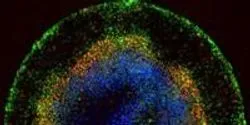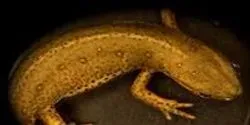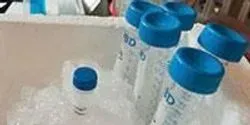Stem Cell Research

Induced neural stem cells (iNSCs) created from adult cells hold promise for therapeutic transplantation, but their potential in this capacity has been limited by failed efforts to maintain such cells in the desirable multi-potent NSC state without continuous expression of the transcription factors used initially to reprogram them.

Adult organisms ranging from fruit flies to humans harbor adult stem cells, some of which renew themselves through cell division while others differentiate into the specialized cells needed to replace worn-out or damaged organs and tissues.

About seven days after conception, something remarkable occurs in the clump of cells that will eventually become a new human being. They start to specialize. They take on characteristics that begin to hint at their ultimate fate as part of the skin, brain, muscle or any of the roughly 200 cell types that exist in people, and they start to form distinct layers.

The gap between stem cell research and regenerative medicine just became a lot narrower, thanks to a new technique that coaxes stem cells, with potential to become any tissue type, to take the first step to specialization. It is the first time this critical step has been demonstrated in a laboratory.















